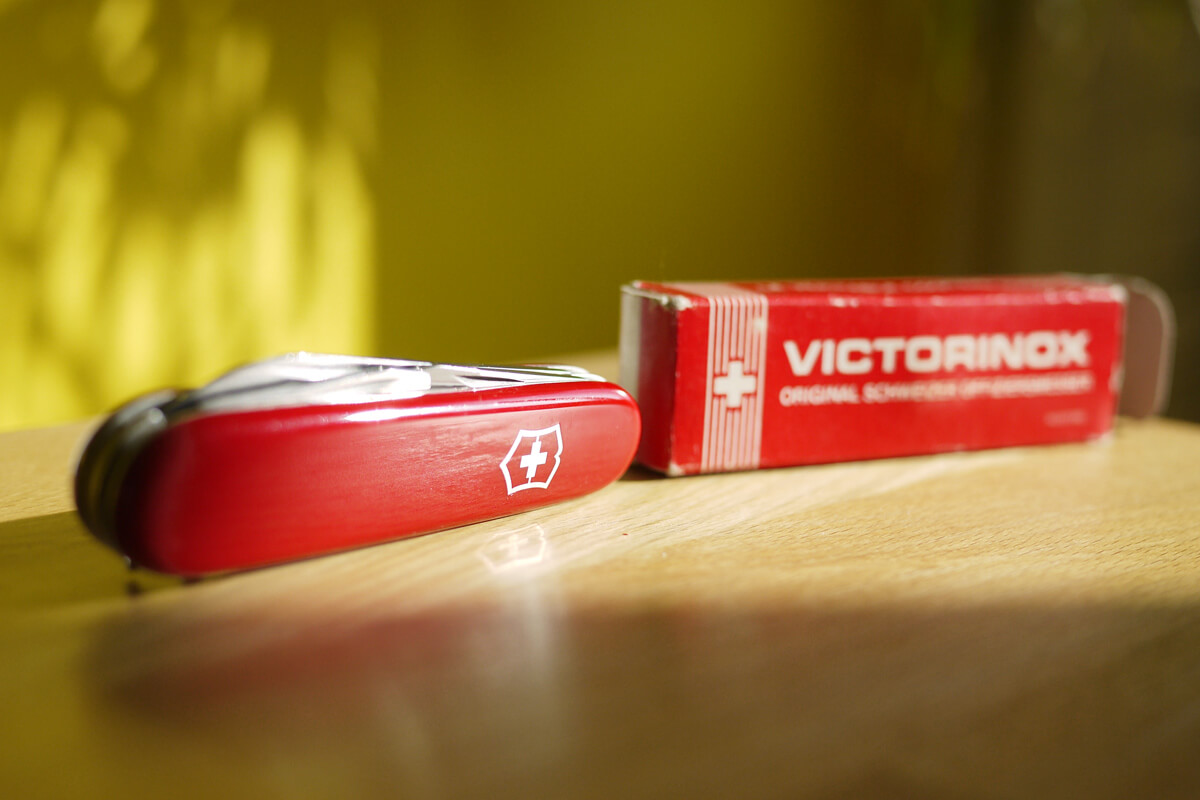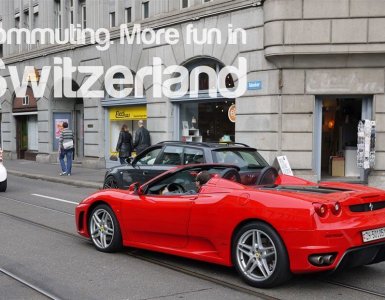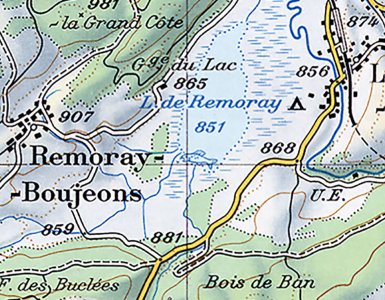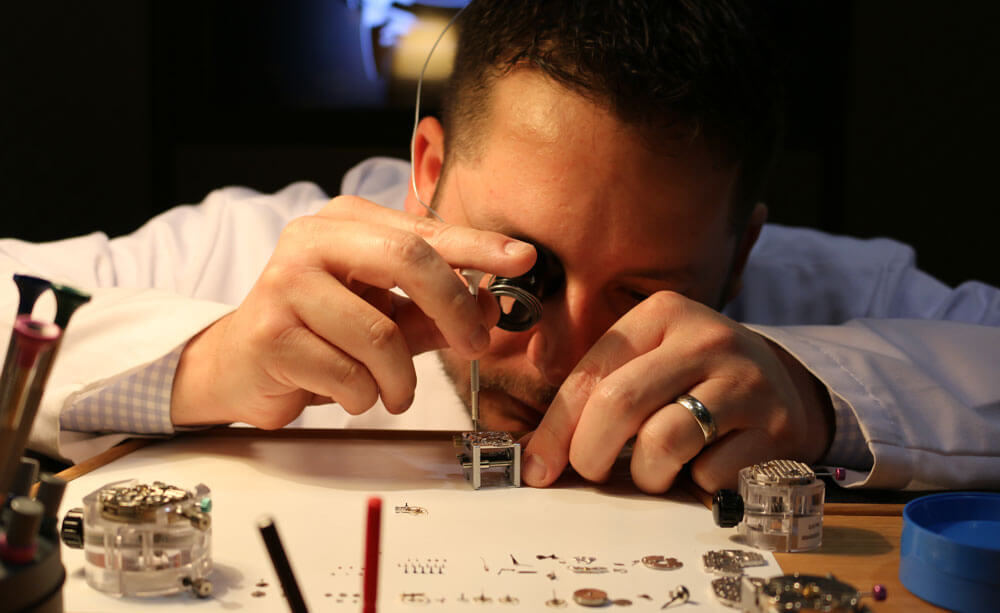
As of this year, Swiss producers have to work a little harder to keep the designation “Made in Switzerland”.
Specifically, only foods containing at least 80 percent of raw materials sourced in Switzerland get to carry the label. (The calculation is based on a percentage of the overall weight.) For instance, dairy or animal products such as eggs or honey are only “Swiss” if they were entirely produced in Switzerland. Meat is only “Swiss” if the animal has lived in Switzerland for more than half its life.
And this being Switzerland, there is a special policy for chocolate: It is permitted to call it “Swiss” chocolate as long as all its ingredients cannot be sourced in Switzerland, but the production still took place here. (I have yet to spot a cocoa tree in Switzerland, but I have been inside chocolate factories on several occasions.)
Are you keeping up? On the flip side, the new law is supposed to protect traditional Swiss brands from copyright infringement and copycats in the world’s black markets. According to this article, consumers abroad are willing to pay a premium of up to 50 percent for products with the “Swiss made” designation. This is because the brand “Switzerland” promises exclusivity, quality, and tradition.
I went on a little shopping spree to find some Swiss brands that managed to keep the label “Made in Switzerland”:
Caran d’Ache
Anyone who grew up in Switzerland must be familiar with the iconic Caran d’Ache colored pencils. A typical starter set comes with a dozen basic colors, but there are sets with up to 120 colors.
This Swiss family-run business goes back four generations and is currently run by Carole Hübscher. For most of the company’s history, there was no advertising done, a fact that the current CEO has changed. Production still takes place in Geneva where know-how and machinery are under one roof.
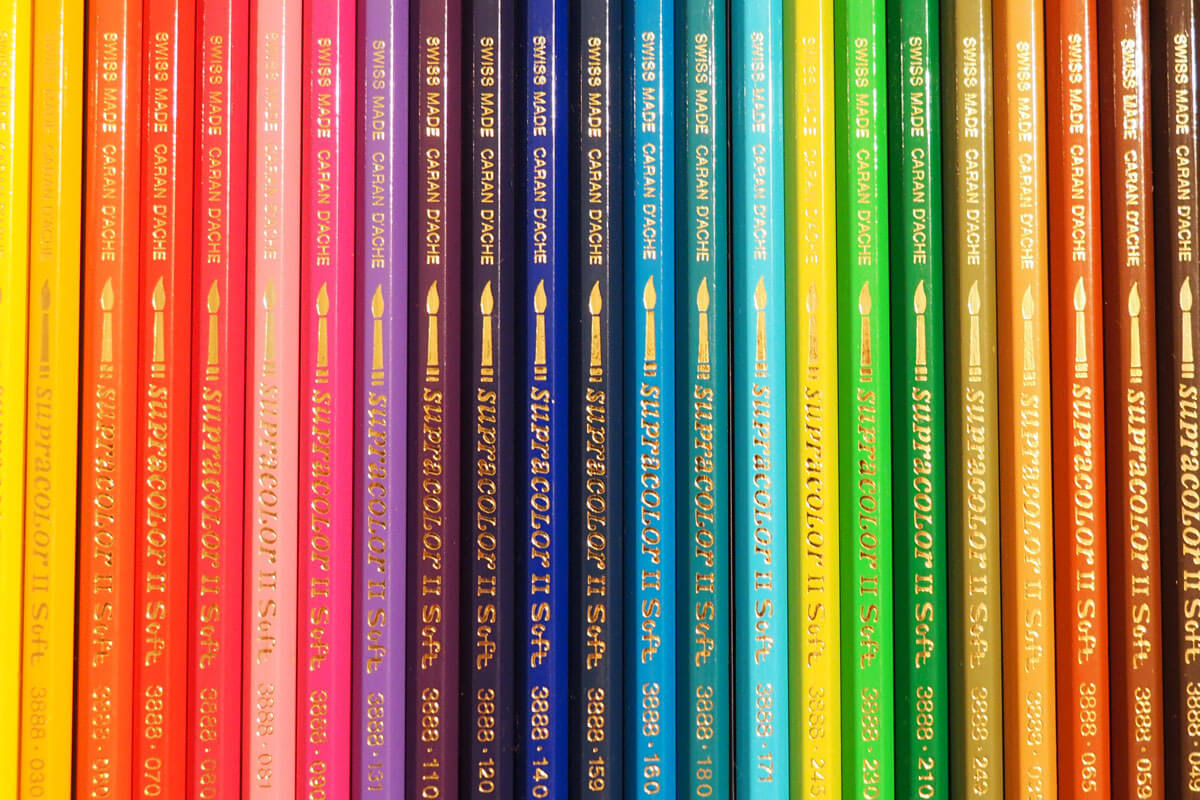
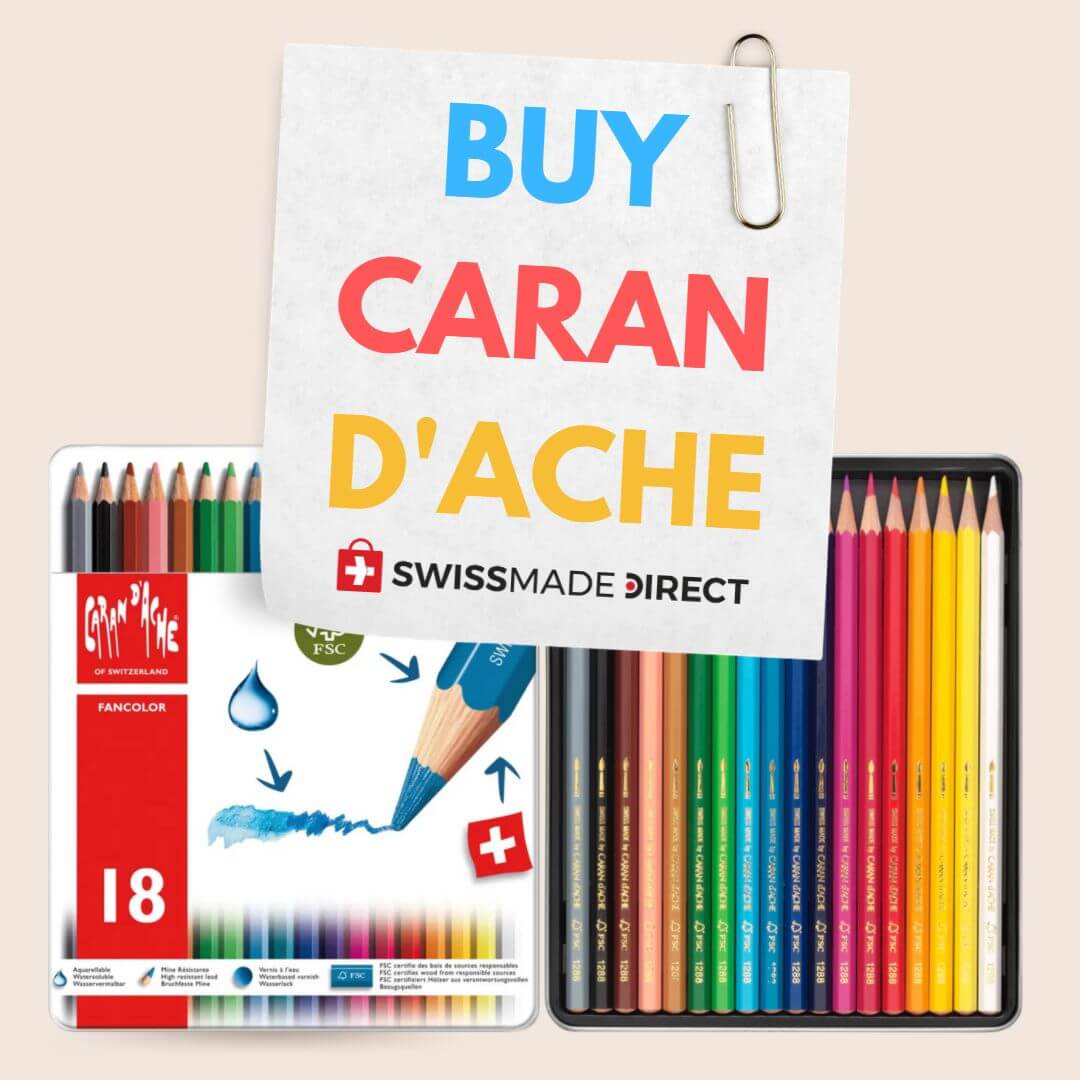
Kambly
Here is another Swiss brand that brings up childhood memories: Kambly cookies. My grandma used to serve “Bretzeli” with coffee, and today I stock them to treat spontaneous visitors. Kambly is not only a confectioner in the third generation, the family business has also opened up their factory to the public.
At the Kambly Experience in the Bernese Emmental valley, children of all ages can witness how fine biscuits are made using local ingredients. The company had to remove the Swiss cross from only two product lines (Chocolait Blond, organic Mandelgipfeli). It does not get any more “Made in Switzerland” than Kambly.
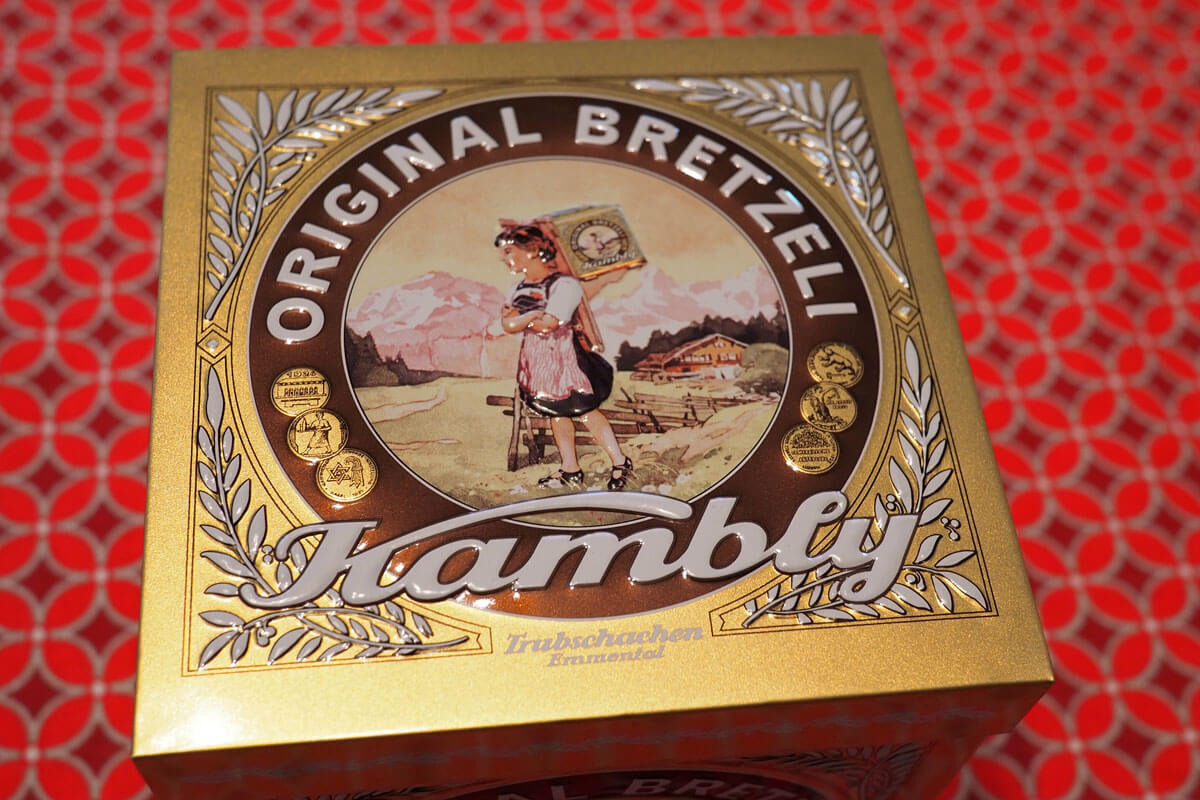
Läderach
In recent years, the Glarus-based chocolate producer has expanded rapidly across Switzerland and Germany. What is so special about the Läderach concept is that their retail shops also act as showrooms.
Visitors get to watch how trained chocolatiers produce the finest Swiss chocolate bars, pralines, and truffles. The current owner is Jürg Läderach, the son of the company’s founder, Rudolf Läderach.
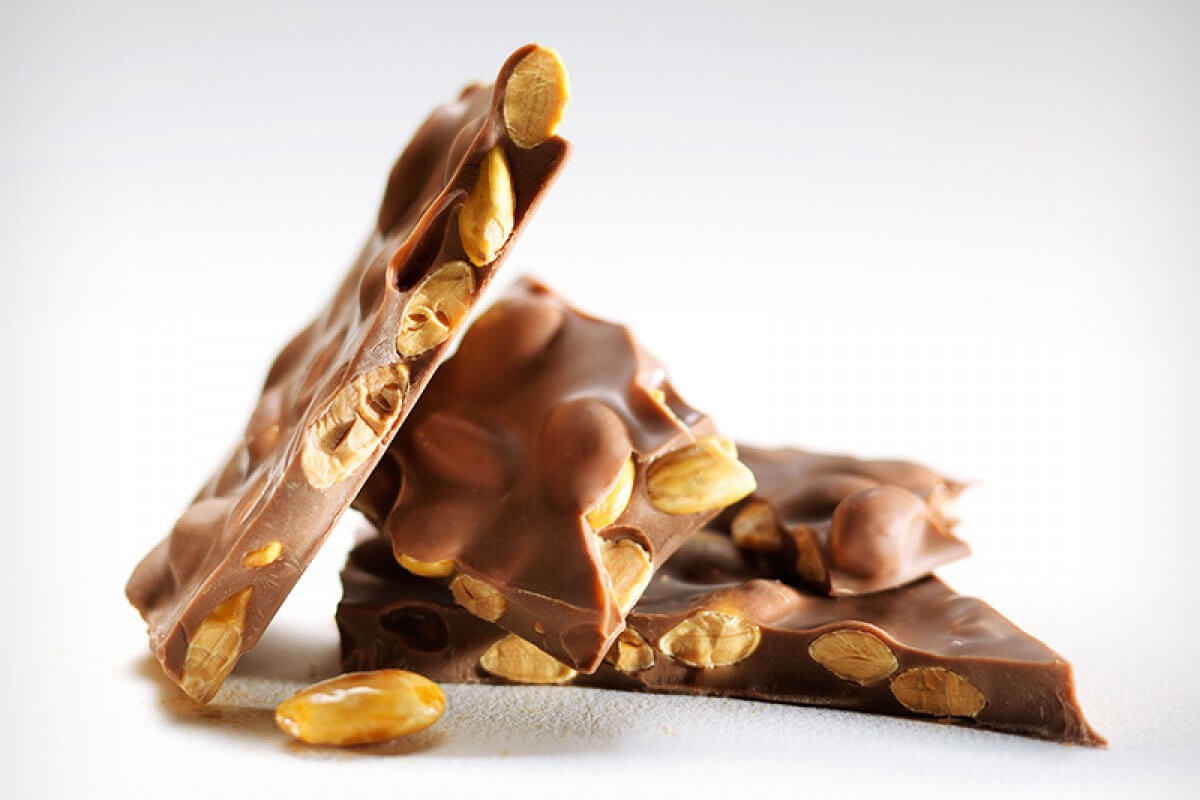
Mondaine
The Mondaine company has its origins in Solothurn where watches are still being produced today. For a long time, the company was run by two brothers, André and Ronnie Bernheim. It is thanks to their father’s curiosity that Erwin Bernheim developed one of the first Swiss watches with a digital display. This was in 1967, but after 15 years, Mondaine phased out this product line due to the heavy competition from Asia.
Today, Mondaine is best known for the simple yet timeless Swiss station clock, which is also available as a wristwatch. It goes without saying that the Mondaine watches deserve the “Swiss Made” label like no other.
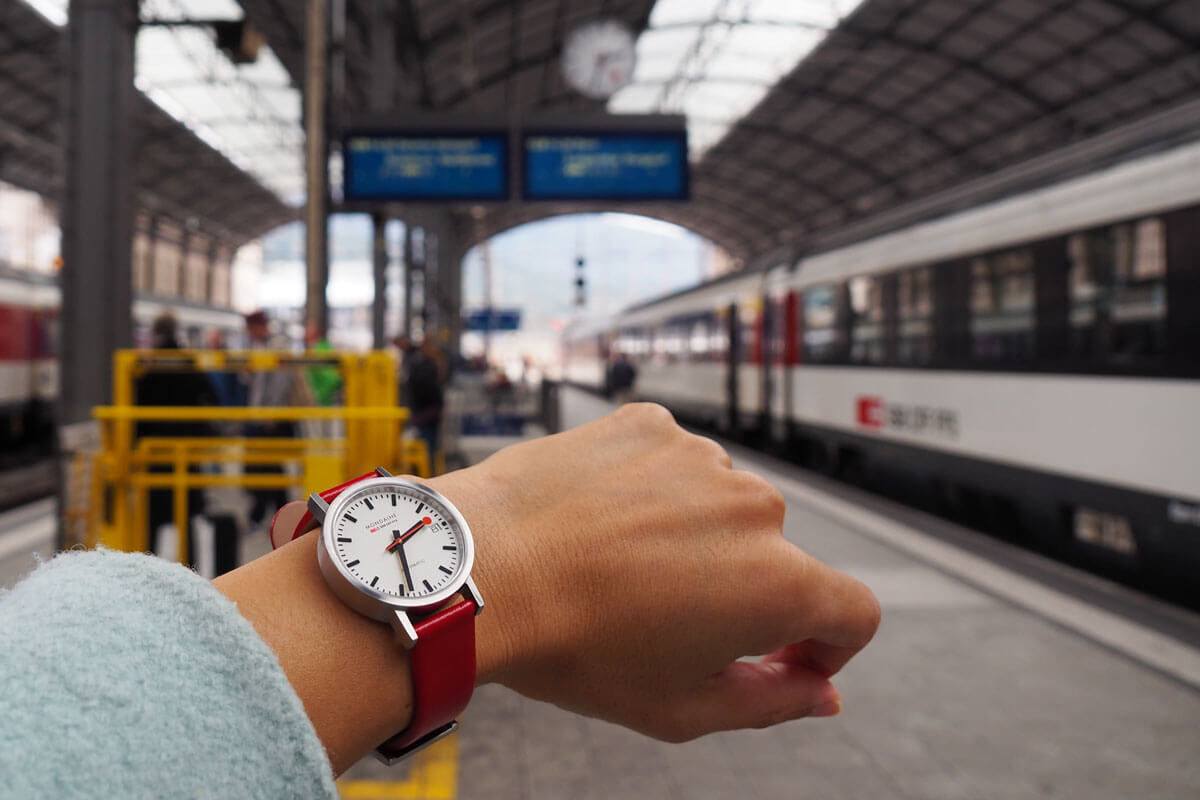
Ricola
Thirteen herbs from the Swiss Alps is what it took to conquer the world. The name “Ricola” stands for “Richterich & Co., Laufen”, a family business based in Laufen near Basel. For more than 80 years, the herb wizards have used the same (secret) recipe to produce those cold-busting cough drops we all love.
In 2014, Ricola has solidified its “Made in Switzerland” promise by inaugurating Europe’s largest clay building, which is also their production facility. The herbs are grown according to organic standards in various parts of Switzerland. In times when there is not enough Swiss sugar, Ricola might import it from neighboring countries. And in order to keep the “Swiss” designation, only a few minor adjustments had to be made to the recipe.
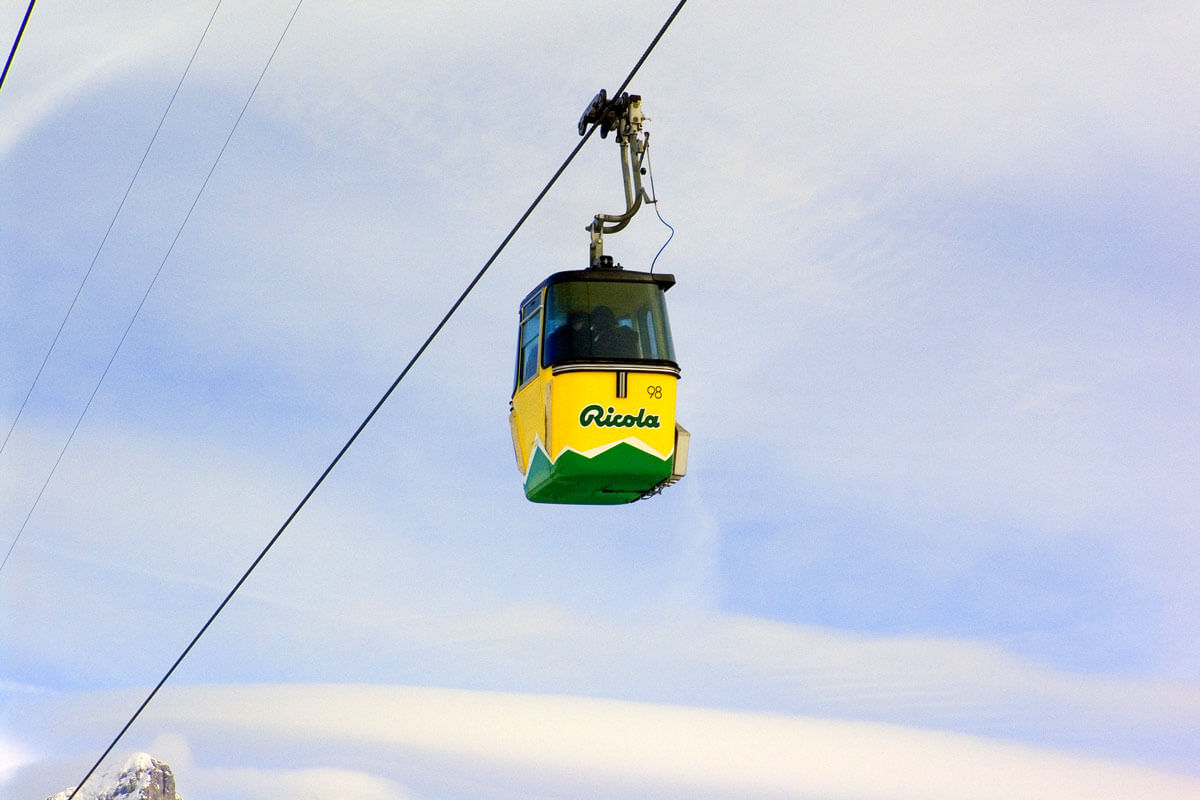
Victorinox
The Swiss Army knife is probably one of the most iconic Swiss products. Since 1884, the Elsener family has been producing the Victorinox knife – now in the fourth generation. At the aptly named Swiss Knife Valley experience center in Brunnen, Schwyz, visitors will get to see first-hand how the knives are produced.
For watches, at least 60 percent of production costs must occur in Switzerland for the “Made in Switzerland” label to be issued. (It used to be 50 percent before the change.) In order to preserve their status, Victorinox has recently invested 32 million francs into two new watch factories located in Délémont, Switzerland.
